Slip and fall cases in Pennsylvania are governed by a complex series of laws and precedents that hinge on the careful examination of liability and duty of care. Whether it occurs on the slick floors of a supermarket or the icy sidewalks of Philadelphia, a slip and fall case in Pennsylvania demands a thorough understanding of both state-specific regulations and premises liability law. In Pennsylvania, as in other states, premises liability law governs slip and fall accidents.
Elements Of A Slip and Fall Lawsuit
To bring a successful slip and fall claim in Pennsylvania, the injured party (plaintiff) generally needs to prove the following elements:
- Duty of Care: The property owner or occupier had a duty to maintain the premises in a reasonably safe condition or to warn of hazards.
- Breach of Duty: The property owner or occupier breached that duty by either failing to maintain the property adequately or failing to provide warnings about known dangers.
- Causation: The breach of duty was the direct and proximate cause of the injury.
- Damages: The plaintiff suffered actual damages as a result of the fall, such as medical expenses, lost wages, or pain and suffering.
Specific Legal Requirements For A Slip and Fall Case in Pennsylvania
Legal requirements for a slip and fall case that are specific to Pennsylvania may also involve:
- Notice of the Dangerous Condition: A critical component of many slip and fall cases is whether the property owner knew or should have known about the dangerous condition and failed to address it. In order to recover, Plaintiff must prove that Defendant had actual or constructive notice of the dangerous condition; that it had knowledge of prior repeated occurrences of the dangerous condition; or that the dangerous condition was traceable to or created by Defendant. Lanni v. Pennsylvania R.R. Co., 371 Pa. 106.
- Comparative Negligence: Pennsylvania follows a modified comparative negligence rule, which means that the injured party’s compensation can be reduced by their percentage of fault. However, if they are found to be greater than 50% responsible for the accident, they may be precluded from recovering any compensation.
- Statute of Limitations: For personal injury cases in Pennsylvania, including slip and fall accidents, the injured party generally has two (2) years from the date of the accident to file a lawsuit.
- Status of the Visitor: The duty of care owed by the property owner can vary depending on whether the injured party was an invitee (there for a business purpose), a licensee (a social guest), or a trespasser. Generally, the highest duty of care is owed to invitees.
- Pennsylvania Governmental Immunity: Claims against government entities have additional procedural requirements and shorter notice periods. The Political Subdivision Tort Claims Act outlines the rules for claims against local municipalities, which have various immunities and exceptions.
After being injured in a slip and fall accident, your first priority should be to seek medical treatment. It is important to get the care you need so that your injury does not get worse, and to begin developing a plan for your recovery.
If you decide to file a lawsuit, your medical records will also be an important piece of evidence. In order to have a strong case, it is important to document the extent of your injuries, the required treatment, and both the economic and noneconomic costs of your injuries.
Keep in mind that the biggest factor in determining a large slip and fall settlement or verdict is the severity of the sustained injury.
Individuals who usually receive large verdicts or settlements have injuries that required major changes to their lifestyle, both personally and professionally. They also have injuries that necessitate expensive ongoing medical costs.
Although media attention would have you believe that large slip and fall compensation is commonplace, it is actually uncommon to see such high awards. It is important to consult with a personal injury attorney who is knowledgeable about Pennsylvania law to receive legal advice tailored to the specific circumstances of a slip and fall case. Contact Cooper Schall and Levy to help you navigate the complexities of the legal process, including dealing with insurance companies, filing lawsuits, and meeting all necessary legal requirements.

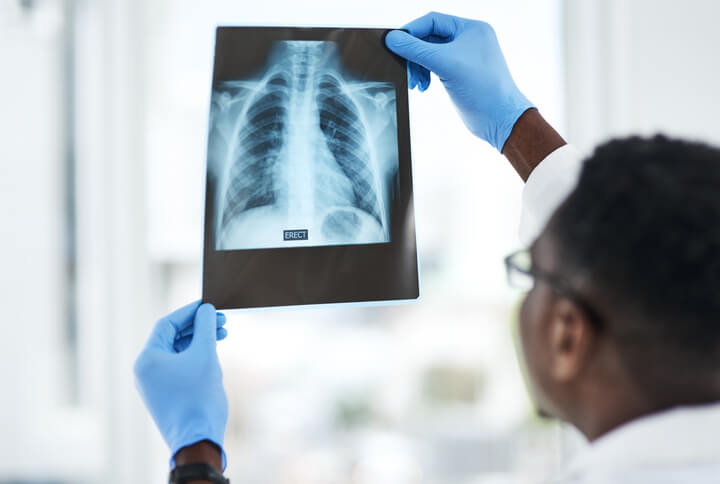
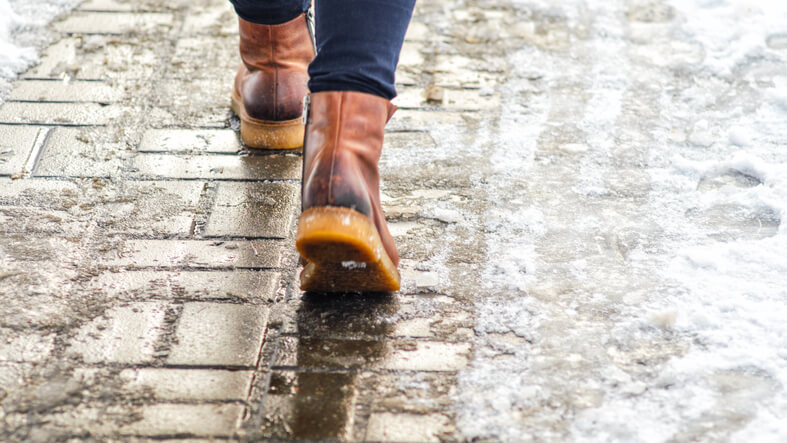
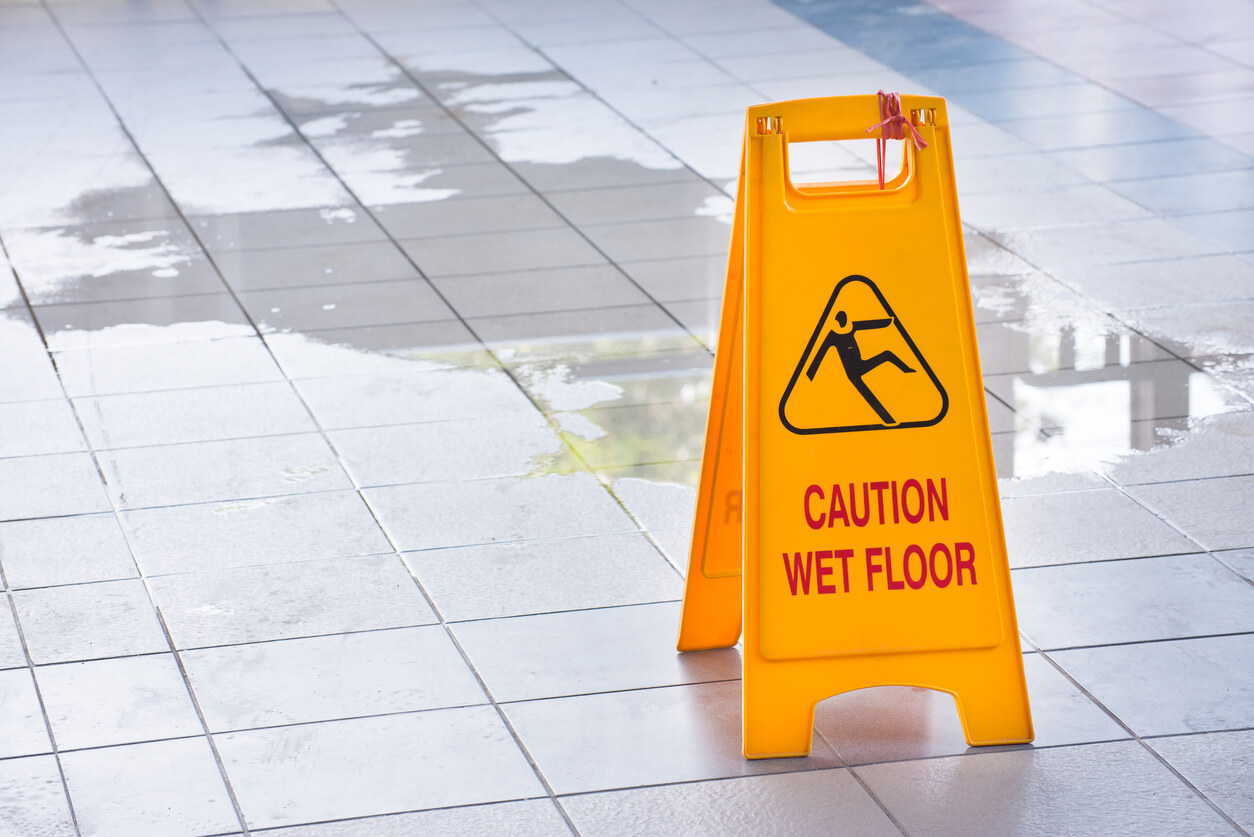
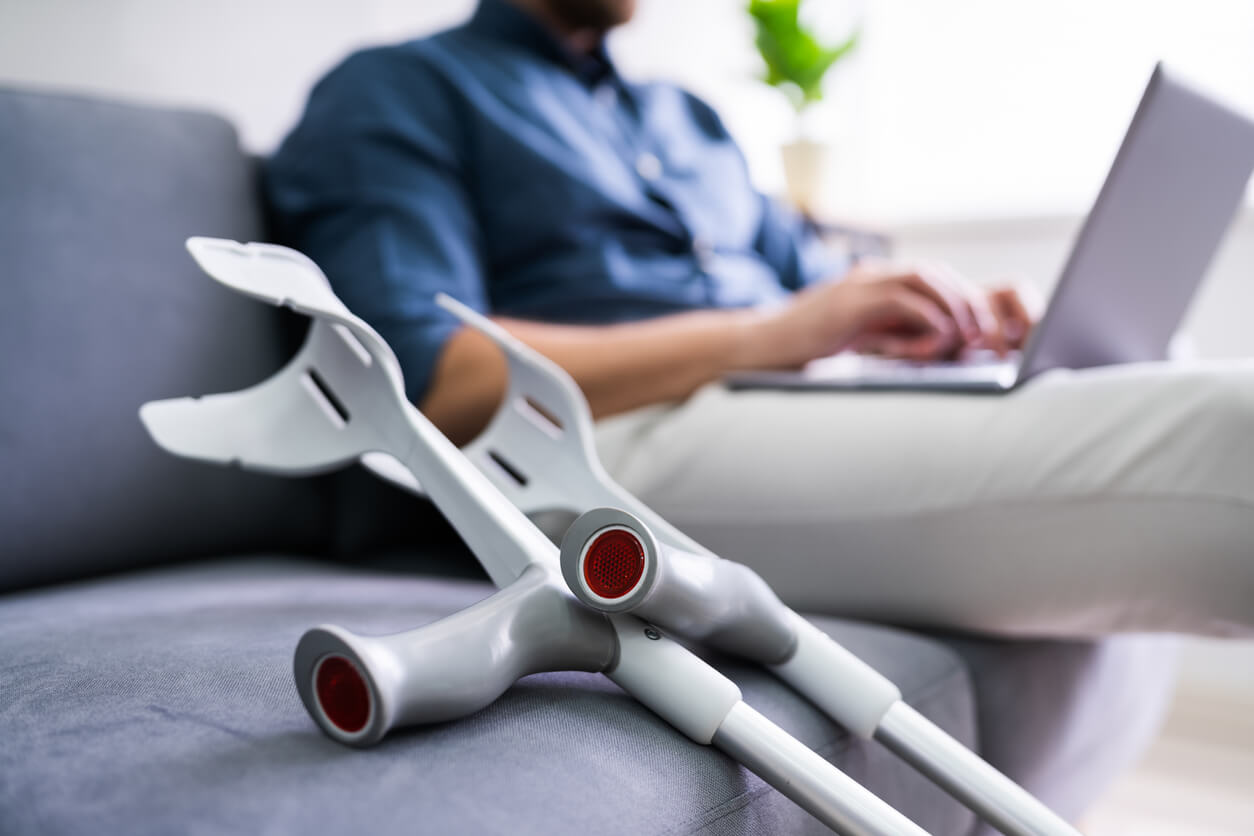
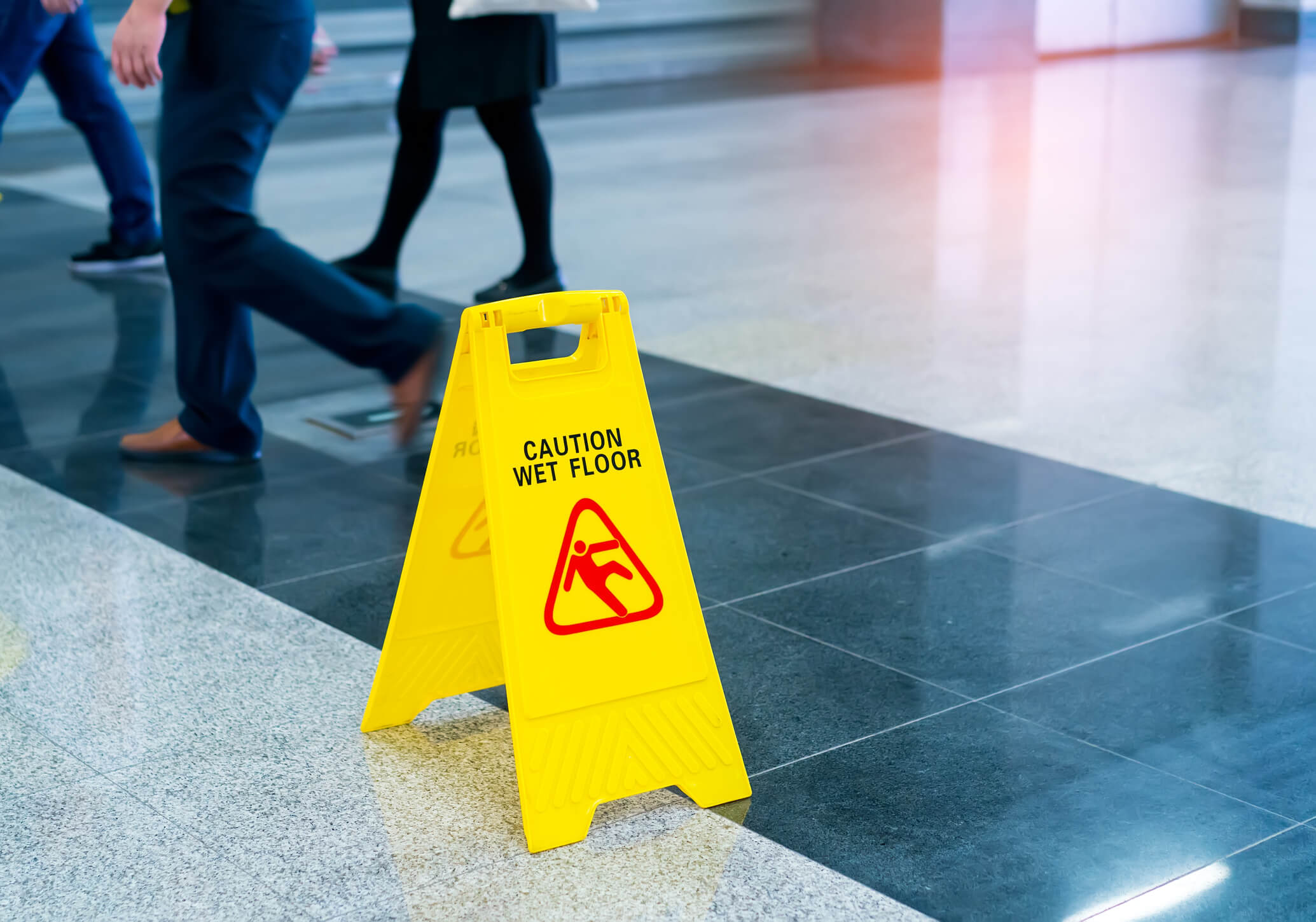
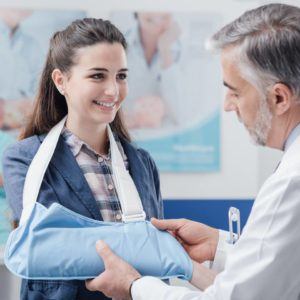 Step #1 After a slip and fall: Seek medical attention.
Step #1 After a slip and fall: Seek medical attention.